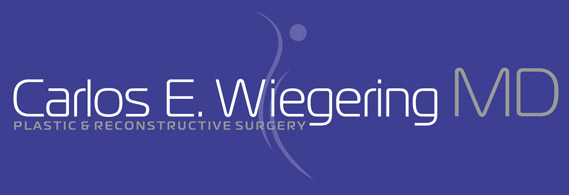Eyelid Surgery
 Blepharoplasty or eyelid surgery, can enhance your appearance and your self-confidence by removing the appearance of droopy or sagging eyelids. As people age the eyelid stretches, muscles weaken, and fat accumulates around the eyes, causing “bags”, or excess skin to become prominent. During your consultation, the doctor will assess which of the four eyelids (top and bottom for both eyes) require surgery.
Blepharoplasty or eyelid surgery, can enhance your appearance and your self-confidence by removing the appearance of droopy or sagging eyelids. As people age the eyelid stretches, muscles weaken, and fat accumulates around the eyes, causing “bags”, or excess skin to become prominent. During your consultation, the doctor will assess which of the four eyelids (top and bottom for both eyes) require surgery.
Generally patients for this procedure are 35 years or older. However, if sagging eyelids runs in your family, it is possible to have eyelid surgery at a younger age.
Eyelid surgery is performed under general or local anesthesia. If your doctor chooses local anesthesia, he will numb the area around your eyes, along with giving you a mild oral or IV sedative. The actual surgery takes one to three hours. The incisions made during the surgery follow the natural lines of your eye.
The best candidates for eyelid surgery are men and women who are physically healthy, psychologically stable, and realistic in their expectations.
As with any procedure there is the possibility of complications occurring. For eyelid surgery, these include infection, or a reaction to the anesthesia used. Minor complications that commonly follow eyelid surgery include double or blurred vision for a few days, which is caused by swelling at the corner of the eyelids, and slight asymmetry in healing or scarring. Following surgery, some patients may have difficulty closing their eyes when they sleep. Adhering to the physician’s advice on pre and post-op care will greatly reduce the risk of complications.
After your surgery, you may feel tightness in your eyes. An ointment and a bandage will cover your eyes. A cold compress and elevation will help keep the swelling and bruising down. For the first few weeks following your surgery, you may also experience excessive tearing, sensitivity to light, and temporary changes in your vision such as blurring or double vision. Your stitches will be removed 2 to 7 days after your surgery.
Please consult with Dr. Wiegering as to which procedure will best meet your needs.

